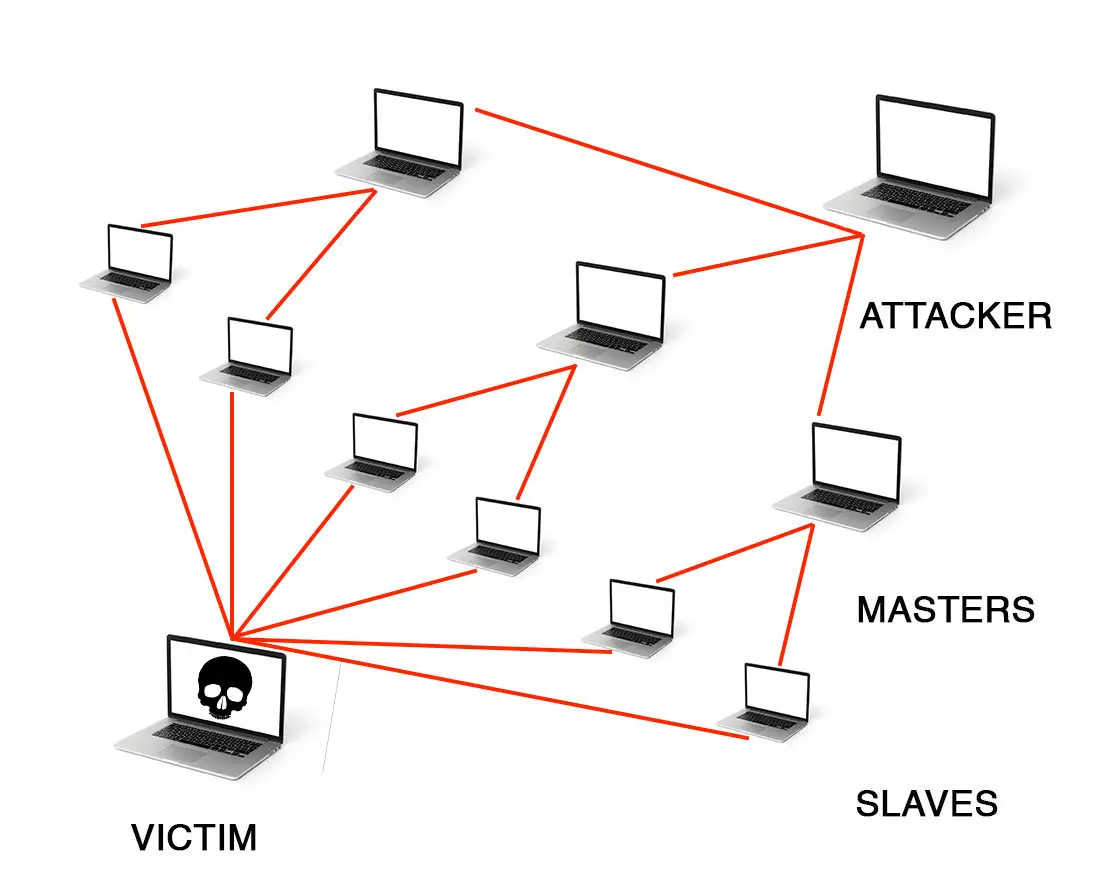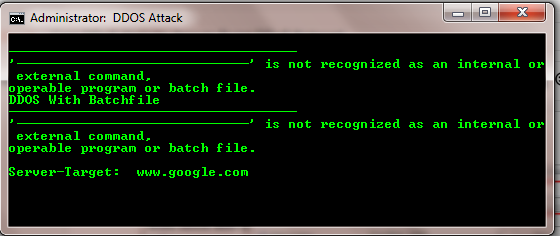
A competitor might hire someone to mount a DDoS attack on your site in the knowledge that this won’t only impact your website, it’ll also impact your business. In an ideal world, your competitors would attempt to outperform you online by improving their content, SEO and conversion rate, which is the legitimate way to use your website to gain competitive advantage.īut in some cases, competitors might take more extreme measures. These include attacks by competitors and attacks because of your content. There are many reasons why an attacker might want to put your site out of action via a DDoS attack. So why would someone mount a DDoS attack on your WordPress site? What could they have to gain from it? We’ll cover those steps later in this post, but first, let’s examine why someone might want to mount a DDoS attack on your site. It may sound as if there isn’t any way to avoid a DDoS attack: after all, if someone decides to flood your site with requests, there isn’t much you can do to stop them.īut although you can’t do much to stop someone attempting to damage your site with a DDoS attack, there are steps you can take to ensure that if you are subject to an attack, your site won’t cease working and it won’t be vulnerable to hacking. In some cases, this will be followed by attempts to hack the site when it’s vulnerable, but in the majority of cases, the aim is simply to make the site stop working.

DDoS attack trafficĪ DDoS attack isn’t the same thing as hacking, although the two can be linked the perpetrators aren’t attempting to access your website’s files or admin, but instead, they cause it to crash or become vulnerable due to the volume of requests. In the screenshot below, you can see the sudden spike in requests received by a site during a DDoS attack. These requests aren’t the result of a website suddenly getting a spike in traffic: they are automated and will come from a limited number of sources, depending on the scale of the attack.

If your site suffers a DDoS attack, you will receive thousands of requests from multiple sources over a period of minutes or sometimes hours. The ‘distributed’ element means that these attacks are coming from multiple locations at the same time, as compared to a DoS which comes from just one location. A DDoS attack consists of a website being flooded by requests during a short period of time, with the aim of overwhelming the site and causing it to crash.


Let’s start by examining exactly what a DDoS attack is and, importantly, what it is not.ĭDoS stands for distributed denial of service but is often referred to as a simple denial of service.


 0 kommentar(er)
0 kommentar(er)
